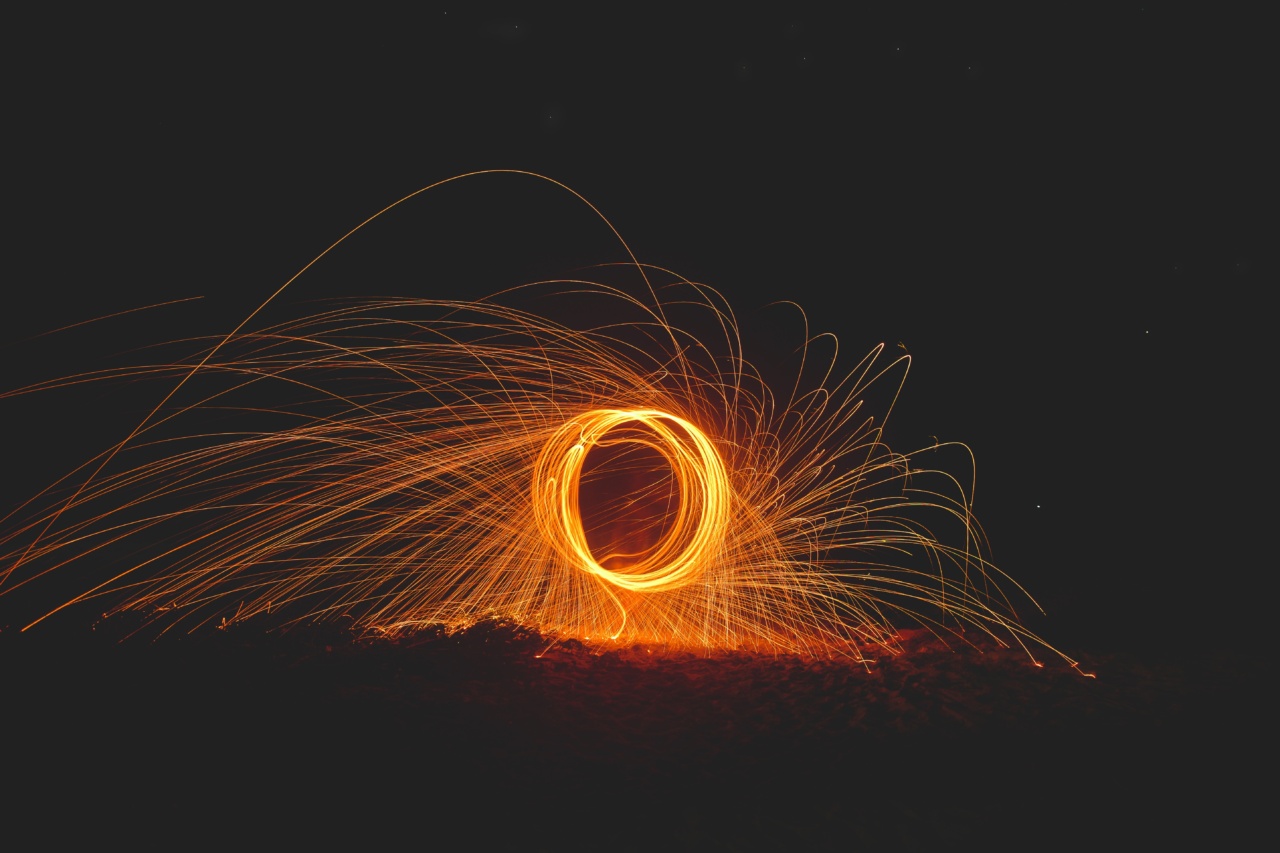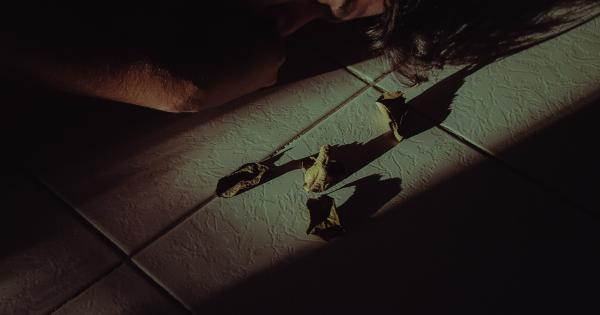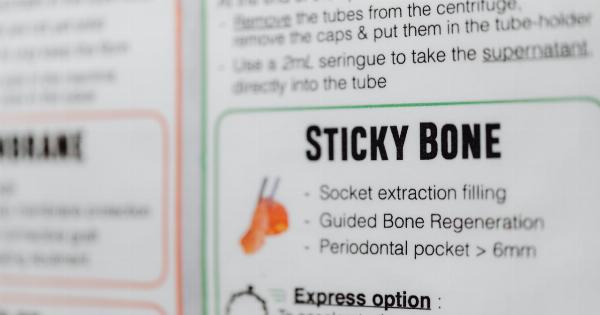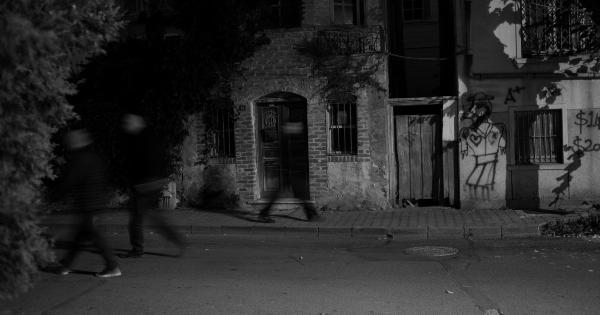Menopause is an inevitable phase in a woman’s life wherein she stops producing eggs which eventually halts the menstrual cycle.
Although it is a natural occurrence, it brings a variety of changes to a woman’s body, including physical symptoms that may make her life difficult.
One of the most common symptoms that women experience during menopause is hot flashes and night sweats. While it may seem like a minor inconvenience, it can severely impact the quality of life.
That’s why it is essential to understand and identify the symptoms to manage it better.
What Are Hot Flashes?
Hot flashes are the sudden and intense feeling of warmth that spreads throughout the body, particularly on the neck and face. It can trigger sweating, heart palpitations, and even a feeling of intense anxiety.
Hot flashes usually last from 30 seconds to several minutes, and they can occur once a day or numerous times, depending on the individual.
It is believed that hot flashes are caused by the decline in estrogen levels. However, its exact cause remains unknown. Some of the common triggers of hot flashes include stress, alcohol consumption, spicy food, and caffeine.
What Are Night Sweats?
Night sweats are hot flashes that occur at night, resulting in severe sweating. It can be characterized by intense sweating, even if the environment is cool. Night sweats can cause difficulty sleeping, leading to fatigue and exhaustion during the day.
Like hot flashes, night sweats occur due to hormonal imbalance. However, other causes include infections, medications, and cancer.
How to Manage Hot Flashes and Night Sweats?
While symptoms of hot flashes and night sweats can be uncomfortable, there are ways to manage them effectively. Some of the ways include:.
1. Dressing in Layers
Dressing in layers allows you to adjust your body temperature quickly. Wear light clothing that can be removed or added quickly. This allows you to cool down when you feel the heat coming on and warm up when you suddenly feel cold.
2. Avoiding Triggers
Identifying the triggers that cause hot flashes and night sweats can help you manage the symptoms. Keep track of what you eat, drink, and do to minimize your exposure to the triggers.
For instance, if spicy food triggers hot flashes, try to avoid it as much as possible.
3. Practicing Stress-Relieving Techniques
Stress can trigger hot flashes and night sweats. Practice relaxation techniques such as deep breathing, yoga, and meditation to manage stress. These techniques can also help you sleep better and reduce anxiety.
4. Staying Hydrated
Drinking plenty of water can help prevent hot flashes and night sweats. Staying hydrated can regulate body temperature, making it easier to control hot flashes and night sweats. It is recommended to drink at least eight glasses of water every day.
5. Medications
If hot flashes and night sweats are severe, medication may be prescribed. Hormone therapy, antidepressants, and blood pressure medications are some of the commonly prescribed drugs to manage the symptoms.
However, the medication should only be taken under a doctor’s supervision.
Conclusion
Hot flashes and night sweats are common symptoms that occur during menopause due to hormonal imbalance. Although it may make life difficult, managing it effectively can help reduce the impact of these symptoms on one’s daily life.
Identifying the triggers and practicing lifestyle changes can help manage hot flashes and night sweats’ symptoms better.

























